What is Memory in Computers?
Do Computers have memories like us? Yes, they have memories just like us. Where is all this data stored? Do they have a brain like us?
We all have seen what a CPU is and what it looks like, today we are going to learn about its functions.

Computer Processing Data
Just as the brain helps in storing our memories, the CPU is the memory of the computer.

CPU as a Brain
What are the Different Types of Computer Memories?
There are three types of memory in the computer which are:
Primary memory,
Secondary memory,
Cache
Primary Memory:
Only the data and instructions on which the computer is presently working are stored in primary memory.
It has a limited storage capacity, and data is lost when the power is turned off.
The data and instructions that must be processed are stored in the main memory.
It is further subdivided into RAM and ROM.
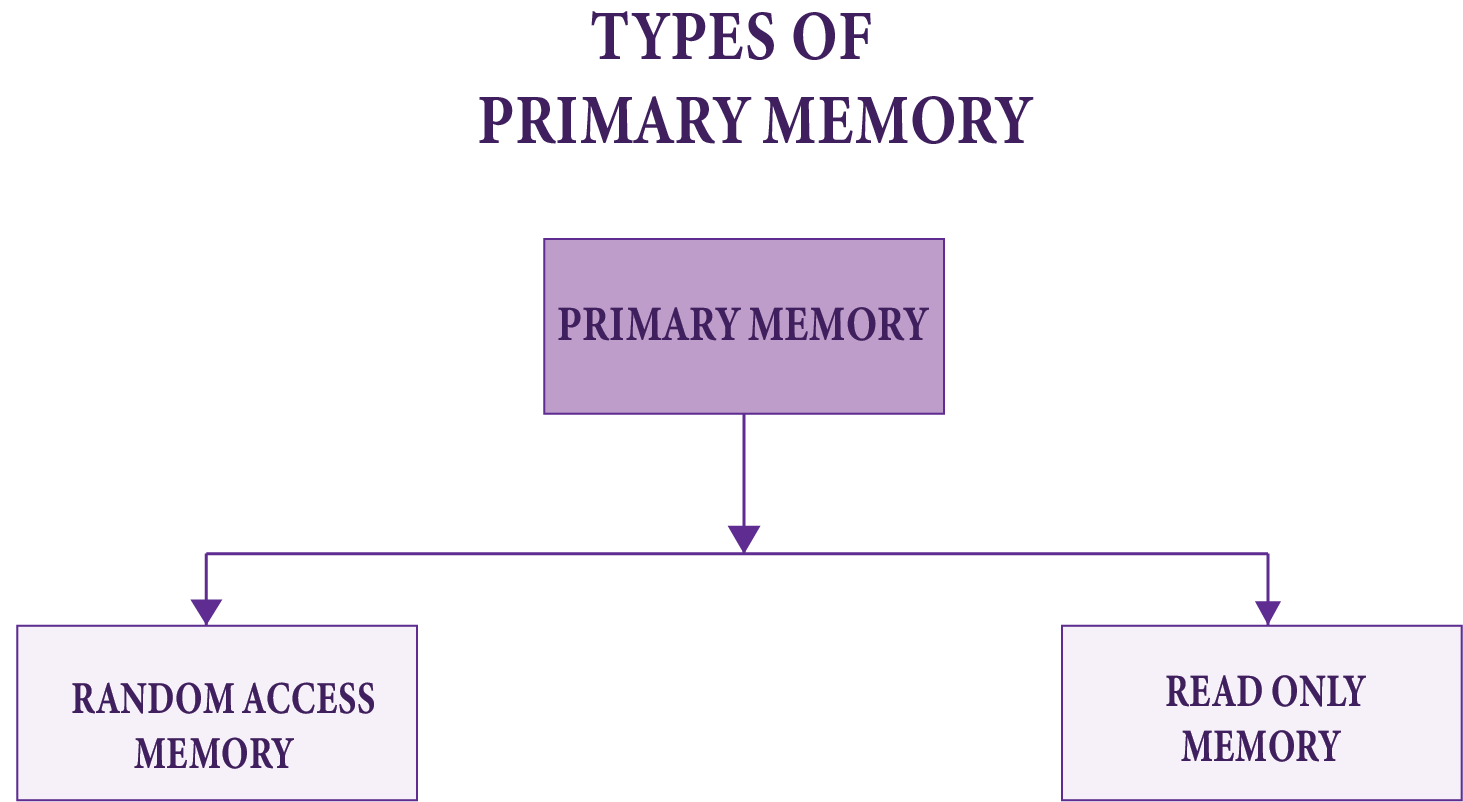
Different types of Primary Memory
Secondary Memory:
This form of memory is also known as non-volatile memory or external memory.
It operates at a slower rate than the main memory.
These are used to permanently store data/information.
The contents of secondary memories are first transferred to the main memory, where they may then be accessed by the CPU.
For example, disc, CD-ROM, DVD, Pendrive and so on.
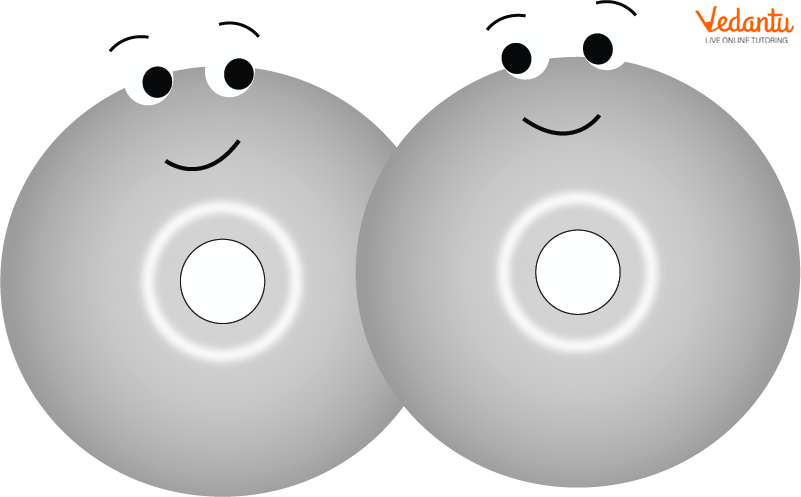

CD-ROM and Pendrive
Cache Memory:
Cache memory is a type of high-speed memory that can help the CPU run faster.
It serves as a buffer between the CPU and main memory.
It is used to store data and programme segments that are often accessed by the CPU.
The operating system transfers data and programme fragments from the disc to cache memory, where the CPU may access them.
(Image will be uploaded soon)
Difference between Primary Memory and Secondary Memory
Which Type of Memory is the Best?
Now that we know there are three types of memories, which one do you think is the best?
The correct answer is all of them have different usages and functions. Every memory type has its own function. Therefore for different functions, different types of memory are used.
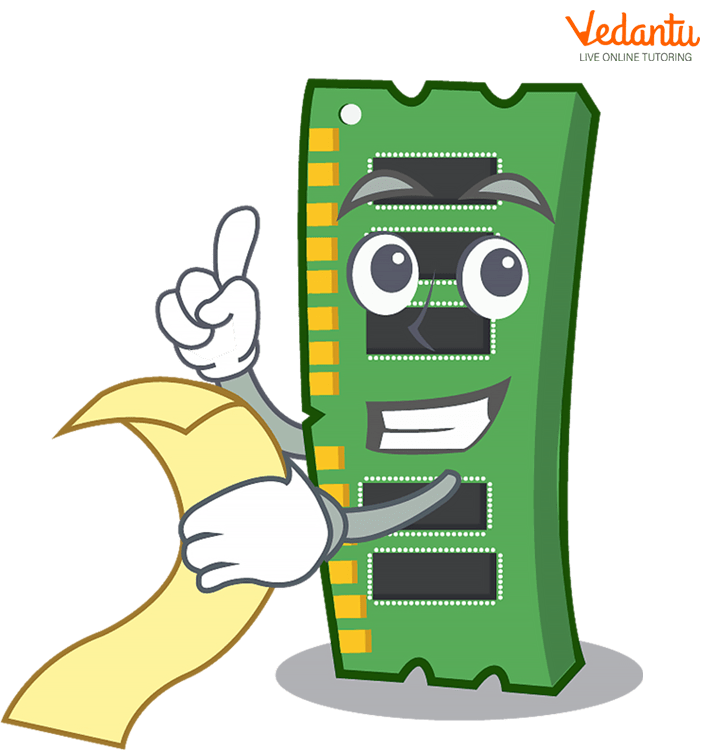
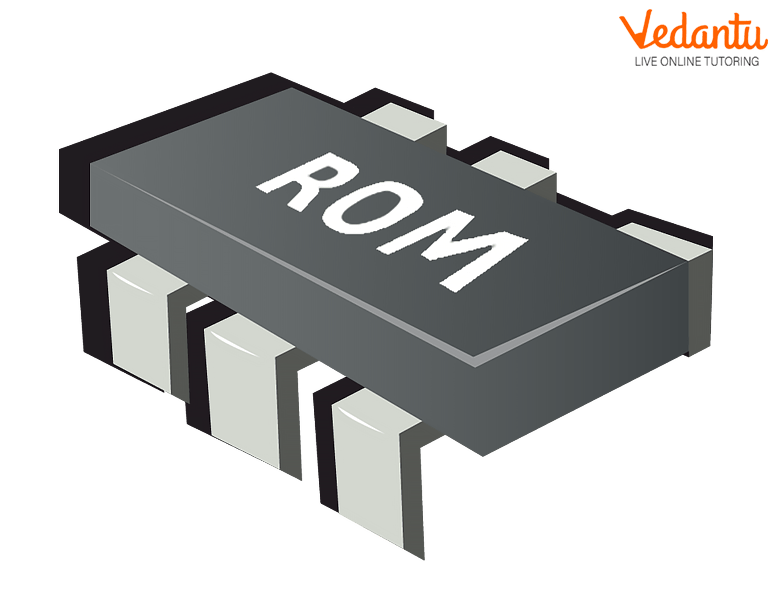
RAM and ROM as a Memory Device
When is Primary Memory Preferred?
Primary storage gives quick access to the CPU, allowing active applications to provide the best possible performance to the end-user. Aside from speed and utility, the fact that a loss of power entails a loss of data makes RAM a short-term storage option.

Fast Processor
When is Secondary Memory Preferred?
Secondary memory has a vast storage capacity, allowing us to permanently store enormous amounts of data such as films, photos, audio, files, and so on. Some auxiliary devices are detachable and portable. As a result, data can be readily stored or transferred from one computer or device to another.


Secondary Memory
When is Cache Memory Preferred?
The following are the benefits of cache memory:
Cache memory is quicker than main memory.
It requires a shorter access time than the main memory.
It saves programmes that can be run in a short period of time.
Disadvantages of Different Types of Memories
Primary memory: The main drawbacks of primary memory are that it has a relatively low storage capacity and is volatile, which means that data saved in primary memory is only temporary and is lost when the computer or laptop is turned off and no longer powered.
Secondary Memory: Although the information is permanently stored here it is slower than primary memory.

Secondary Memory is slower than Primary Memory
Cache Memory: Just like primary memory, memory stored here is temporary and is only until the laptop/ computer is on. Cache memory is also more expensive than the others.
Fun Facts
Have you ever thought about how a computer can do so many things so quickly?

Microprocessor
It is because it has a microprocessor. A microprocessor in a computer can do computations instantly. Microprocessors are found in a variety of products, including your automobile, washing machine, dishwasher, and even your television.
Conclusion
So kids, now can you tell the different types of memories on a computer?
In this article, we have learned about what is cache memory, primary memory, secondary memory, their uses, and the difference between each of them.
Learning By Doing
Question: Match the following:
(Image will be uploaded soon)
Solution:
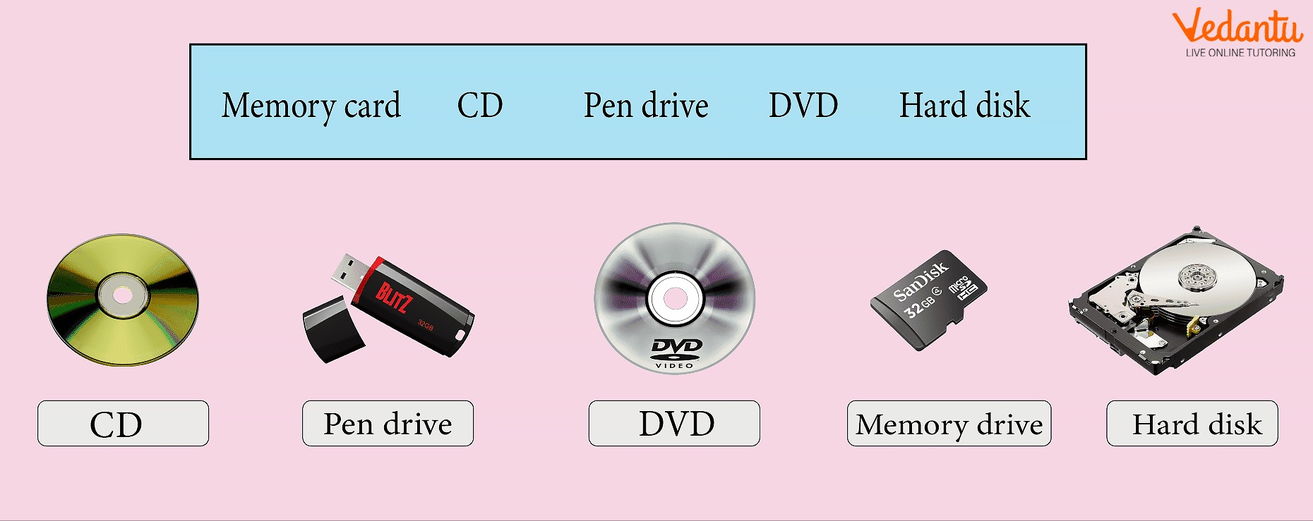


FAQs on Computer Memory
1. What exactly are RAM and ROM?
RAM (random access memory) and ROM (read-only memory) are both present in your computer. RAM is a type of volatile memory that holds the data you're working on briefly. ROM is a type of non-volatile memory that holds instructions for your computer indefinitely.
2. What is the distinction between a CPU and memory?
CPU stands for Central Processing Unit. It runs calculations (or more precisely, computations). Memory is a type of temporary data storage space that is utilized by active processes that are being run by the CPU.




